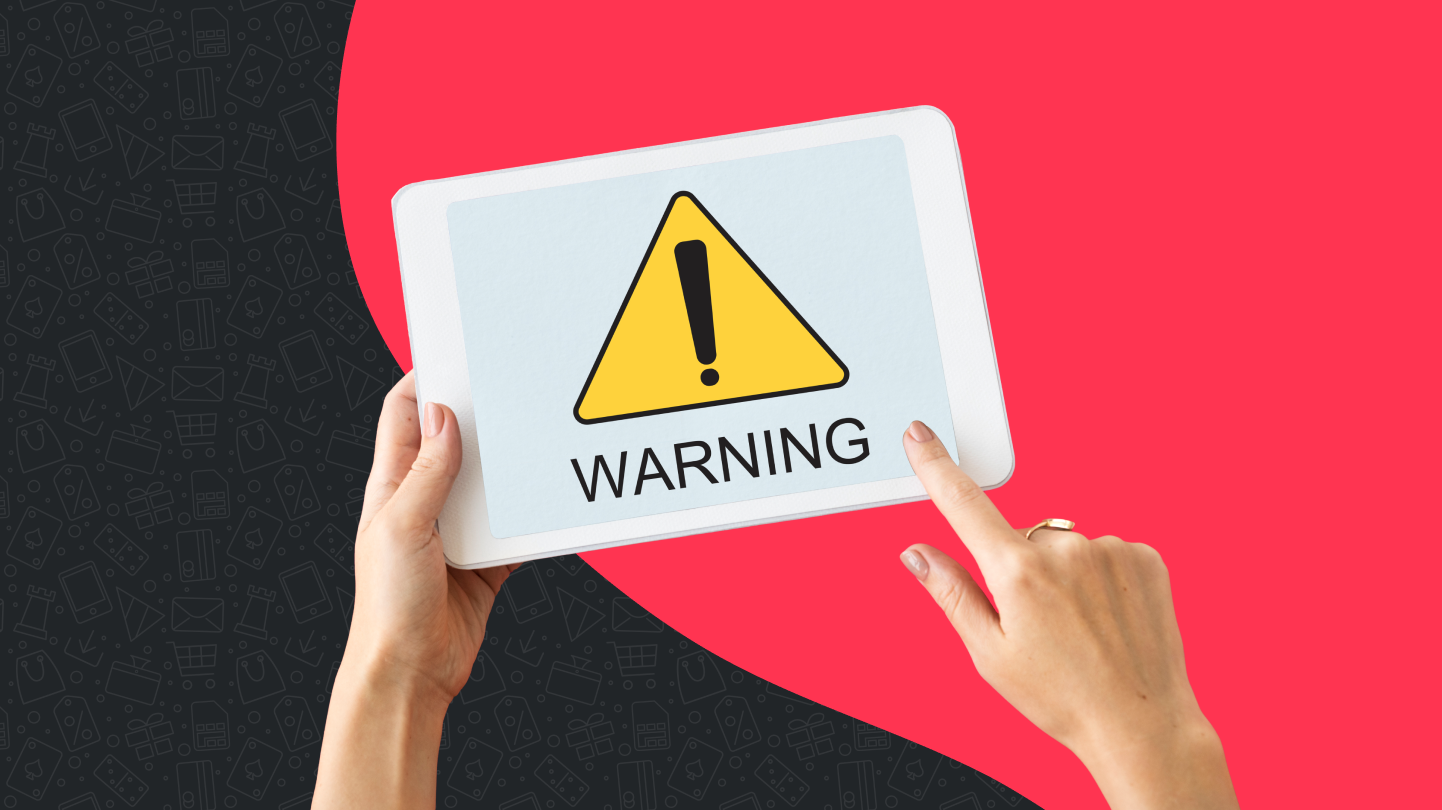Have you ever thought about how many fake websites there are these days? Millions. The most successful scams even get their own copycats. Unfortunately, these cybercriminals don’t seem to be going anywhere and phishing scams have grown in number and effectiveness over the years. This type of internet fraud strives on pretending to be a legitimate company and then tricks you into revealing financial information and other personal data. Due to the increase in scams, specifically on eCommerce sites, cybersecurity is becoming more and more important.
Therefore, despite all of our attempts to protect data with firewalls and antivirus software, fraudsters keep inventing new ways to fool us scam us out of money. These scam websites prey on unsuspecting users and steal their banking information, credit card numbers, and other sensitive information. Luckily, there are a few telltale signs and red flags you can look out for to determine whether you've landed on a malicious website.
Step 1. Check The Domain Name
Scammers love to mimic official domain names of companies. That’s how you can end up shopping at Dandle, Dindle, Doondle and Dund1e (replacing the letter ‘l’ with the number 1), instead of Dundle (US). Therefore, if you happen to be redirected from the brand’s Instagram, or other social media account to their web store, it is always wise to have a quick check of the domain name to be sure they match up.
Step 2. Domain Age
Copycats get more and more skilled in recreating official websites of your favorite stores, news outlets and magazines. Nevertheless, the only thing they cannot fake is a domain’s age. Therefore, if you ended up on a webpage that makes you question its trustworthiness, then it is time to drop its URL into a domain tracker. This way, you get a pretty good idea how long the merchant has been conducting business. If this reseller has been conducting business for 10 years, they are most likely legitimate. If the company has a young domain age, it could be a reason for caution.
There are definitely exceptions to this rule. For instance, as you might have noticed Dundle (US) is pretty young, yet the company behind it has been running other brand websites since back in 2012 (e.g. iGiftcards). So while it is not always a cut and dry indication, it is useful to check the domain age when shopping on a new site.
Step 3. Be a Grammar Nazi
Let’s be honest, one or two little typos are not a problem. Yet, when you browse through the product description and realize that you need someone to translate the translation of it for you - it could mean you are either dealing with scammers or reading my very first translation. Fake sites are usually created quickly and don't pay attention to detail or accuracy. A legitimate website will have taken the time to ensure all of their information, such as company name, phone number, etc, is correct - both grammatically and otherwise.
Step 4. Check Out the Owner
Nowadays, thanks to Google Search, and other search engines you can easily check who owns a company. Scammers love to register multiple companies using the same CEO for all of them. Quite often, this person is a victim of identity theft and doesn’t even know that he owns 47 companies in Cyprus. Fascinating, right? If you want to learn more about this topic, then the movie “Laundromat” on Netflix is a great look into how the majority of scams operate. Entertaining and useful.
Step 5. Ensure You’re on a Secure Site
Legitimate sites use encryption to protect their users’ contact information and other sensitive data. If a site uses encryption, there will be a padlock symbol in the browser window. If you determine the site is not secure, do not enter any payment or bank account information and be cautious during your visit there should you choose not to close the window.
Step 6. Read Our Blog
I mean it. We can help you understand different online scams and how to avoid them. Cybercrimes are becoming more and more common, so read up and make sure you don't become a victim of the latest phishing attack from a scam site. We’ll help you learn How to spot an online shopping scam or How to ensure online payment security.
Last but not least: Stay Safe!
The internet is an amazing place and it is important to protect yourself while exploring it. Scammers are smart, and that can be frustrating, but as long as you do your best to stay informed and follow these tips, you are well-equipped to stay one step ahead of them.






